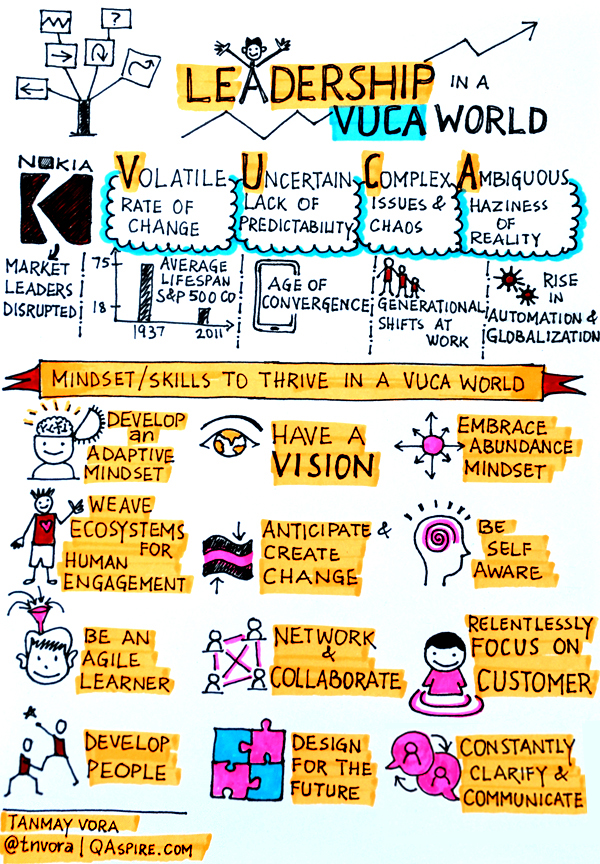Seven Bricks to Lay the Foundation for Productive Difficult Dialogues
OCTOBER 16TH, 2018 By: Annie Soisson EdD
There are three basic ways that I hear faculty talk about difficult dialogues-
in-class dialogues that were planned but did not go particularly well;
in-class hot moments that were not anticipated and that the faculty member did not feel equipped to handle; and difficult dialogues that happen
during office hours or outside of class.
- Think ahead about what topics you are teaching and whether hot moments might be triggered. Plan for structuring those moments intentionally. Are there readings that honor multiple perspectives on the issue? Are there opportunities to have students adopt perspectives that may not be their own? What skills do students need to be able to successfully engage in the discussion?
- Know and communicate the learning goals and the connection to the course overall for each potentially hot topic. What kinds of questions could you pose that would most effectively help students meet the learning goals? What conversational structure would best help you meet those goals? You will find many concrete suggestions for a variety of ways to conduct conversations in Brookfield and Preskill (2005).
- Build community, trust, and a supportive climate. Often overlooked is the understanding that the relationships students have in the classroom with each other and with you need to be created intentionally and nurtured. On the first day, introductions can be shaped to be a little more personal than just names and majors while not being intrusive. Depending on the size of the class, you may choose to have students talk in small groups, or as a whole group. Scaffold activities to foster relationships among students each week. Model the kinds of behaviors you would like to see.
- Have a statement on your syllabus about the environment you hope to create together. Describe your expectations and how you would like students to approach the class. For example: “I want to take a moment to clarify how I want you to approach the readings. The first rule is: Don’t take the readings as gospel. Just because something is printed doesn’t make it absolute truth. Be critical of what you are reading. I have chosen many readings precisely because they are provocative. If you find yourself strongly disagreeing with a reading, that’s fine. I encourage strong disagreement. However, if you disagree, you must clarify in your mind the reasons and evidence upon which you are basing your disagreement. At the same time, keep an open mind. Listen to what the readings have to say. Think about what other experiences you have had and readings you have done that might corroborate the course readings. Give yourself time to reflect on the information, insights, and perspectives offered in the readings” (Sulk and Keys, 2014).
- Create shared goals and guidelines for dialogue and post them. You may have a few of your own to add at the end, but let students generate their own list first. This gives them ownership, and the collective generation lets them discover shared values. One of my favorites to add is “look for the truth in what you oppose and the error in what you espouse” (Nash, 2008).
- Help students develop skills for productive conversation as part of the learning. Use active listening and perspective-taking exercises. In Western society, argument is often the mode of conversation. We frequently expect that students will be able to address challenging issues devoid of passion (and if you go to faculty meetings, you know that even we are not always good at this). Skills like paraphrasing, summarizing, and building on each other’s thoughts need to be consciously taught, modeled, and practiced in the classroom in order to support successful difficult dialogues.
- Start early in the course with lower-stakes conversations, and build to more difficult ones. This gives students the opportunity to build trust, and gives you time to help them develop their skills. Vary the types of questions—perhaps use some hypothetical questions like, “What would happen if…” “In a perfect world…” Or experience-based questions such as, “In your experience…?” Or opinion-based questions like, “What do you think about…?
References:
Online book: Start Talking: A Handbook for Engaging Difficult Dialogues in Higher Education http://www.uaa.alaska.edu/cafe/difficultdialogues/upload/Start-Talking-Handbookcomplete-version.pdf.
Brookfield, S.D., & Preskill, S. (2005). Discussion as a way of teaching: Tools and techniques for democratic classrooms. San Francisco, CA: Jossey-Bass.
Nash, R.J. (2008). How to Talk About Hot Topics on Campus. San Francisco, CA: Jossey-Bass.
Sulk, G. and Keys, J. (2014). “Many students really don’t know how to behave!”: The syllabus as a tool for socialization. Teaching Sociology, 42 (2), 151-160.
Annie Soisson is associate director of the Center for the Enhancement of Learning & Teaching (CELT) at Tufts University.
